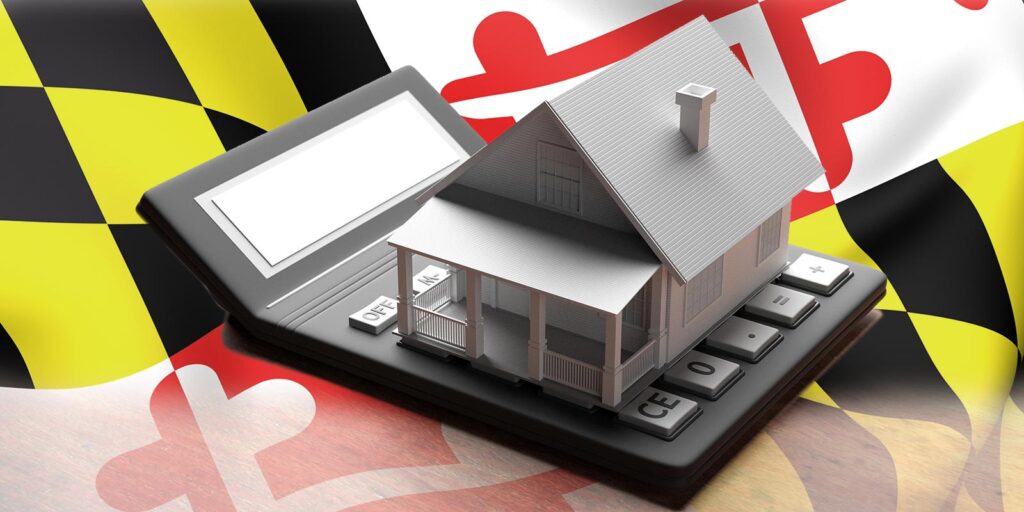Cost is the first thing that many homeowners think about when it’s time to replace their roof, but it’s hard to figure out what a fair price should be. Here, we share several factors that affect the cost of a roof. So, you know what you should be asking your roofer to determine if their pricing is fair.
Factors that Affect Roof Replacement Cost
The first step in gauging the price of your roof replacement is understanding the key factors that roofers use to create a proposal. These are a few of the crucial components for roof replacement pricing that you should keep in mind:
- Roofing Materials – The first major factor in the price of your roof is the materials used. A modern roof is so much more than shingles. Commonly used materials include various types of underlayment, edge/valley protection, starter shingles, plumbing vent collars, drip edge, ridge caps, flashing, mechanical and passive ventilation, baffles, and more. Two companies could quote you for identical shingles but have entirely different scopes of work that dramatically impact the quality. This is why having a complete, detailed proposal is critical.
- Labor – Labor is the second major factor. Just like any other profession, skilled roofers cost more. Day laborers can put on a roof very inexpensively, but very poorly – and most homeowners never know the difference until the roof fails. Also, despite what you might assume, having your roof replaced by employees versus subcontractors couldn’t matter less. What is critical is that the roofing team is appropriately and independently managed, no matter how they take their pay.
- Square Footage – It goes without saying that the bigger the roof, the more the replacement will cost. Size factors in both the amount of materials, but also the labor time it will take.
- Roof Removal – The roof tear-off should be included in the quote for your new roof. The price here will depend on the materials again, as metal and wood roofing systems are easier to recycle than asphalt. A roofing company should not “nail over” (merely adding a new layer of shingles over the old shingles). This approach creates many problems down the line, will likely void any product warranties, and reputable roofers won’t even consider it as an option.
- Pitch and Slope of the Roof – On top of the square footage, the slope of your roof will affect the price. The complexity of staging, the safety, and the general labor will be higher with a steeper roof.
- Chimneys and Skylights – If your home has chimneys or skylights, the quote for your new roof will likely include the flashing around these elements. It may also need to include masonry work or replacements.
- Ventilation – Many homeowners have never heard of the need to change or improve a roof’s ventilation. Still, it is a critical part of modern roofing installation. The composition of shingles has changed over the years. While they have become more durable in some ways, new shingles are also more sensitive to heat. Ensuring that your attic is properly ventilated can add real cost to a roofing proposal, but it is necessary if you want the project done correctly.
Average Roof Replacement Cost in Maryland
Roof replacements will vary widely in cost depending on the factors mentioned above. Angie’s List puts roof replacements between $4,900 and $14,100 nationally. However, those numbers are not particularly helpful as they don’t account for regional differences in materials and labor. Additionally, they don’t include many of the more expensive roofing companies who do not report their data to aggregators like Home Advisor or Angie’s List.
To give you an idea of the average cost in our area, one of our competitors commissioned a study. They got 11 quotes for one specific single-family colonial home with a mid-grade architectural shingle in central Maryland. 10 of the 11 firms had exactly the same specifications, and quotes ranged from $9,400 to $22,635! However, the average quote was around $14,100. This average makes sense when comparing to the Angie’s List numbers as Maryland generally has a higher cost of living, and higher home values, than other states in the US.
The Roof Warranty Trap
It is critical to understand that roofing warranties like “50 year” or “lifetime shingles” are only valid IF the roof is installed to a high standard consistent with the manufacturer’s requirements. Homeowners incorrectly believe that buying a 20, 30, or 50-year shingle will protect them from leaks for that period of time. But that just isn’t the case.
Most homes in the mid-Atlantic will require additional work beyond the shingle replacement itself to qualify for these warranties. If the warranty is important to you, be sure to hire a reputable contractor. The contractor should offer a more robust scope of work than simply replacing the shingles and underlayment.
How to Find a Good Roofing Contractor
Cost is a major factor when looking for a roofer, but the old adage “you get what you pay for” rings true in many cases. If a quote is much lower than average, look into the company. Do they have an office to coordinate shipments and handle any customer service issues? Did they fully scope your job so there won’t be any surprise costs later? Do they offer a warranty and insurance?
On the other hand, if a quote seems extraordinarily high, dig deeper and ask the company to explain what is adding to the cost. They may be using a high first quote as a sales tactic, or they could simply be overcharging. But they might be offering superior materials, and they should be transparent about that cost.
Make sure you do your research. Check the company’s online reviews and their status with the Better Business Bureau. When the salesperson arrives to quote your home, they should get on your roof, take exact measurements, and look in your attic to inspect the decking, ventilation, and insulation. That way, when they give you a quote, you will know that the scope of work and the pricing are as accurate as possible.




